The content of the article
Pain in the lower abdomen in women is usually associated with the presence of internal diseases in a chronic or acute form. Painful sensations in the left side often indicate that there are problems in the field of gynecology, or pathology of the internal organs, which are located in the left part of the abdominal region.
Since the causes of pain can be a variety of pathologies, self-diagnosis in this case is not possible. Therefore, it is necessary to consult a doctor as soon as possible. Only a competent doctor will be able to establish the correct diagnosis by identifying the initial cause of the pain syndrome and prescribing appropriate therapy.
Causes of pain
Since important organs of the gastrointestinal tract are located in the left part of the abdomen and under the ribs, painful sensations can cause such diseases:
- Ulcerative colitis.
- Diverticulosis of the intestine.
- Inflammation of the urinary organs.
- Diseases of the spleen: inversion, heart attack, benign and malignant tumors.
- Irritable bowel syndrome.
- Kidney problems: the appearance of cysts, stones, the development of tumors.
Autoimmune disorders that provoke a malfunction in the functioning of the entire gastrointestinal tract, which is accompanied by uncomfortable and painful sensations, especially when food is being digested.
In addition, diseases of the cardiovascular system can cause pain in the left side of the lower abdomen. Because of them, the tissues receive an insufficient amount of oxygen, this causes anemia, which can lead to seizures and pain under the ribs and in the left side of the abdomen.
Major diseases
Male and female genital organs are significantly different, this explains the features of reproductive function. Below are purely female pathologies that cause pain in the left abdomen.
Inflammation in the fallopian tubes
The form of inflammation is acute or chronic. The first is characterized by intense sharp pain in the lower abdominal region, which goes to the left side, as well as the lower back, near the tailbone. In addition to pain, a woman experiences symptoms such as poor health, lethargy, irritation, fever. If the process is rapidly developing, vaginal discharge in the form of pus may be observed. In the chronic form, the symptoms are less pronounced. Soreness in the lower abdomen appears from time to time, the pain is more of a pulling and aching character.
If the inflammation is not treated, the result may be the inability to conceive and bear a child, and the process with a weak immune system will go to all internal organs, which can lead to extremely serious consequences, even death.
The inflammatory process in the appendages
In very rare cases, adnexitis appears as an independent disease. Basically, its occurrence is due to the rapid development of inflammation in the uterine tubes. It should be noted that even a woman may encounter inflammation of the appendages, whose health there is absolutely no problem. This is because the vaginal mucosa is a habitat for harmful microorganisms that can, if their number increases, cause the development of an inflammatory process that can affect the entire genitourinary system.
The form of adnexitis is acute or chronic, in some cases relapses may occur.The inflammation, which manifested itself for the first time, is accompanied by intense chilling pain in the lower left part of the abdominal region, passing under the ribs.
In the chronic form, pain can always occur when the immune system weakens, the feet get wet or frozen, an acute respiratory, viral or infectious disease has been suffered.
The risk group for the occurrence of inflammation of the appendages includes women who belong to the following categories:
- Each year, conducting an abortion.
- Using intrauterine contraceptives (spiral).
- Pregnant women in whom adnexitis may develop due to changes in hormonal levels.
If inflammation of the appendages is not treated in a timely manner, the consequences can be extremely unfavorable.
Uterine ligament rupture
This phenomenon can occur with women during the bearing of the child, as well as in the process of childbirth. Due to the fact that the weight of the fetus increases, the uterus is forced to experience increased loads. Any unsuccessful movement can cause the connective tissue to rupture. A lack of elastin and collagen in the body leads to an aggravation of the situation - muscle tension occurs under the influence of a load.
Such a pathology in most cases causes a sharp pain in the lower abdominal region, wave-like spreading under the ribs and in the left half of the body. During gestation and the birth of a child, breaks sometimes cause internal hemorrhages, which will require an urgent operation.
Endometriosis
This is a gynecological disease in which the cells of the endometrium (the inner layer of the uterine wall) grow outside this layer. There can be a lot of provoking factors for the development of such a disease. At the moment, specialists cannot give an exact answer to the question of what the endometrium grows from. It is believed that this can happen for the following reasons:
- Hormonal malfunctions, due to which the activity of the hormone progesterone is suppressed.
- Autoimmune pathologies.
- Hereditary factor.
- Weakening of the immune system and frequently occurring colds.
In addition, the causes of the development of endometriosis can be diabetes and overweight, treatment of cervical erosion by cauterization, artificial termination of pregnancy at an early age (up to 18 years), chronic inflammation of the genitourinary system.
Acute symptoms of this pathology are observed in rare cases. Basically, endometriosis makes itself felt aching pain on the left under the ribs and lower abdominal region. Worsening symptoms are noted on ovulation and critical days. A disease can affect a woman’s fertility, causing infertility.
Ovarian cyst
A cyst is a benign neoplasm that contains fluid and grows on the ovary. If the left ovary is affected, then, accordingly, pain will occur in the left side. The size of the tumor and its localization depend on the nature of the pain.
When a cyst actively grows and grows, women experience the following clinical manifestations:
- Drawing pains that encircle the lower abdominal region. Usually this condition goes away on its own.
- Pain that intensifies during menstruation.
- Increase in cycle time.
The maximum severity of pain is observed at the peak of cyst formation, when the risk is increased that it will burst. In this situation, in addition to pain, symptoms also arise, such as a general deterioration in well-being, fever, and the development of pain shock.
Ovarian apoplexy
This condition is a sudden developing hemorrhage in the abdominal cavity, which is formed due to the fact that the integrity of the ovary is disrupted, and it ruptures. This increases the abdomen and there is a sharp pain.On palpation, the patient also experiences pain, sometimes so intense that she may lose consciousness.
The following can lead to apoplexy:
- hormonal imbalance;
- trauma to the lower abdomen;
- existing chronic inflammation of the genitourinary organs.
Initially, clinical manifestations are similar to symptoms of appendicitis. Pain sensations arise on the left side, the pain either increases or recedes. Can pass to the entire abdomen and lower back.
Diagnostics
Pain in the lower abdomen is the basis for visiting a medical institution. It is not necessary to postpone diagnostic measures, since successful treatment cannot be carried out until the cause of the pain is precisely established. If timely measures are not taken, the result may be infertility, the development of which is due to the fact that genital diseases are actively progressing.
The diagnosis is made, thanks to the following measures:
- Inspection by the therapist. The doctor by palpation assesses the nature and severity of the pain syndrome.
- Ultrasonography. The procedure allows you to determine in what condition the organs are, to detect hidden diseases.
- General tests (blood, urine). This type of study allows you to identify inflammation.
- In addition, you may need to visit narrow-profile specialists: gynecologist, gastroenterologist, surgeon.
How to treat
The treatment of all gynecological diseases should be comprehensive. It is required not only to take the medications prescribed by the doctor, but also to observe the rules of intimate hygiene, to refuse sexual contacts for a certain period, and take measures to improve immunity. The treatment may be of the following types:
- Conservative. Assuming medication and following the doctor’s instructions. The main therapy can be supplemented by the use of alternative recipes, but only by agreement with the attending physician.
- Surgical intervention. The operation is done only in those situations when the condition poses a threat to life - if there are internal bleeding, apoplexy, etc.
- Physiotherapy. In the course of such treatment, special devices are used to cure a woman's genital diseases.
The effectiveness of folk remedies is quite high, especially when the woman’s left side hurts due to inflammation of the genitals caused by infection or bacteria. But they can be used only as an addition to the main therapy, without fail, in consultation with the doctor.
What to do when the left side of the lower abdomen is sick
The occurrence of pain in the lower left part of the abdominal region in a woman can signal that a serious disease is developing in the body. Therefore, only taking a pill for pain relief is not a way out of the situation. With this measure, you can only stop the pain syndrome for a while, but not get rid of the provoking factor that caused it. And sometimes in these situations, taking a drug can even be harmful.
What actions to take if there is pain:
- Settle as convenient as possible to relieve pain.
- Until the doctor comes, you should remember everything that happened before the onset of pain. Even the smallest detail can help a specialist establish a diagnosis.
- If there is a sharp severe pain that does not pass for more than one hour, and also other symptoms appear - the temperature rises, vomiting and upset of the stool begin, urgent help must be called.
- If after two or three days the pain in the side does not go away, the woman should make an appointment with a gynecologist.If, according to the results of the examination and other diagnostic measures, gynecological diseases are not detected, consultation with other specialists may be necessary - a surgeon, an infectious disease specialist, a gastroenterologist.
- It is not recommended to drink painkillers - because of this, it will be more difficult for the doctor to establish the correct diagnosis.
Even when pain in the side is not pronounced, but occurs regularly - this should be the basis for visiting a doctor in order to prevent the development of serious diseases in a timely manner.
Video: where does the lower abdominal pain in women

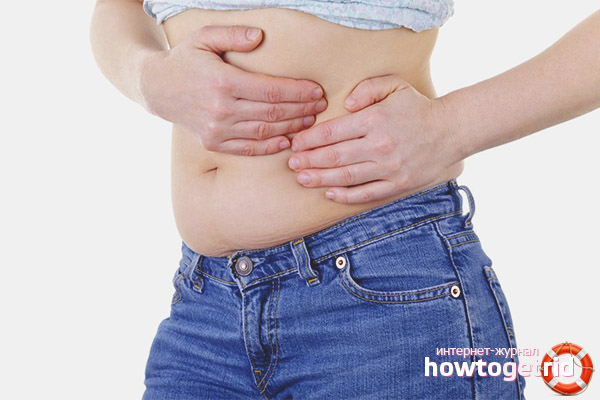
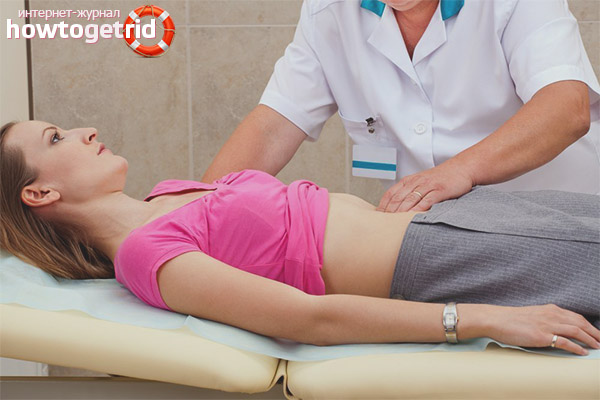
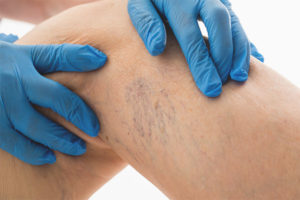
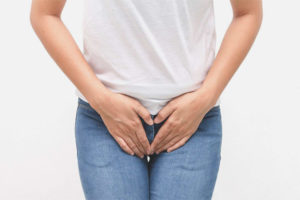
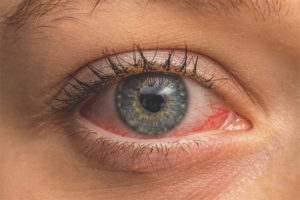

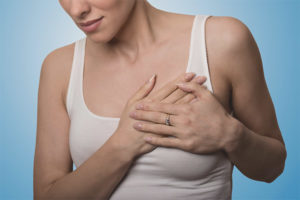
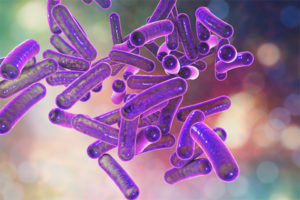
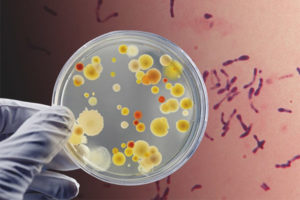

Submit